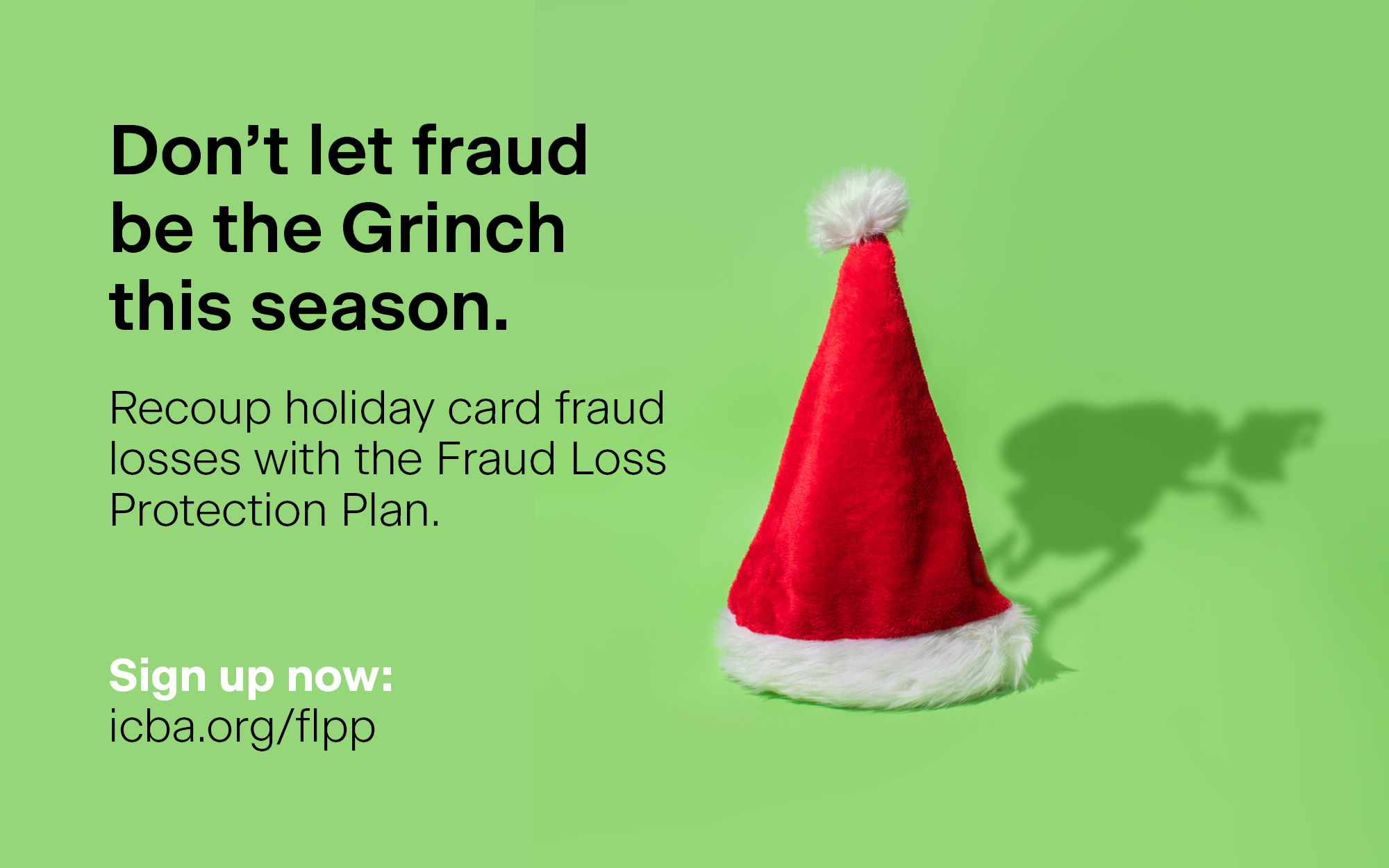Using data from your community bank, an ad campaign or public sources allows your marketing efforts to find potential or existing customers who’ve already shown interest in your brand.
Improve your next marketing campaign with data
March 01, 2021 / By Elizabeth Judd
Using data from your community bank, an ad campaign or public sources allows your marketing efforts to find potential or existing customers who’ve already shown interest in your brand.
This past spring, Google ads for Bank of Charles Town popped up on sites visited by people in neighboring counties who had searched the Small Business Administration or Better Business Bureau websites for Paycheck Protection Program (PPP) loans. It was one of the community bank’s first forays into data-driven marketing.
Quick Stat
57%
of marketers say they’ve increased their company’s use of first-party or contextual data for targeting in the past 18 months
Source: Winterberry Group, July 2020 survey
The online ads were a way to “directly target people really interested in getting that aid,” says Joshua Parham, digital marketing strategist at the $630 million-asset community bank in Charles Town, W.Va. He adds that they ran two one-week campaigns and got 50 to 60 prospects.
Parham explains that the bank purchased data for individuals who checked very specific boxes within their Google searches. Bank of Charles Town didn’t know their identities, only that they were using the search engine to look up information on PPP loans.
“We don’t want it to be creepy,” he says. “We thought about how to best utilize the data that we have and how not to freak people out with our ads.”
Rob Birgfeld, ICBA’s chief marketing officer, notes that whenever someone interacts with an ad, visits a landing page or fills out an online form, they are sending signals.
“Data-driven marketing,” he says, “is the opportunity to take those signals—take what we know about folks and what they tell us—and be more efficient and effective in how we communicate with them.”
Bank of Charles Town worked with Griffin Technologies, which uses demographic and online search data to curate an audience for digital ads. Errin McNulty, a customer success manager for the Overland Park, Kan.-based fintech, emphasizes that with digital advertising, “We help community bankers reach that target audience so they can tell their story and start a relationship.”
“The ‘spray and pray’ tactics of outbound marketing that were prevalent in the ’90s and early 2000s are being put aside in many vertical markets because of data. People are mailing less and targeting more.”—Dan Cahill, WebbMason Marketing
Opportunities abound
Citizens Independent Bank in St. Louis Park, Minn., finds that advertising on a local news station’s weather app is an extremely effective data-driven marketing tool.
“In Minnesota, weather is a big deal,” says Tammy Andrews, marketing and public relations director at the $315 million-asset community bank.
As part of an ad buy, the station ran digital ads for Citizens Independent Bank on its weather app crawl. “I’m absolutely in awe at the number of click-throughs we get,” Andrews says. Those who click on the ad reach a dedicated landing page on the community bank’s website, allowing Andrews to track the source of clicks and the effectiveness of various marketing techniques while building brand recognition.
An emphasis on targeting efforts is what distinguishes today’s data-driven marketing campaigns, says Dan Cahill, senior vice president and director at WebbMason Marketing in Hunt Valley, Md.
“The ‘spray and pray’ tactics of outbound marketing that were prevalent in the ’90s and early 2000s are being put aside in many vertical markets because of data,” he says. “People are mailing less and targeting more. They’re using data to determine the recipients of whatever outbound they do. ”
Where to start
Useful data can originate anywhere from external data packages or public databases to a community bank’s own customer relationship management (CRM) system.
According to Ben Pankonin, CEO and cofounder of Social Assurance in Lincoln, Neb., PPP loans themselves will be a rich source of information for community banks as this information continues to go public. “Soon,” he adds, “we’ll be able to understand the payrolls for every small business in our community in a searchable database.”
For banks new to data-driven marketing, Andrews suggests mining the data within your core system. “You might identify your customers who don’t have a checking account and offer them one,” she says. “Targeting your current customers—the ones who already like you—is the cheapest, fastest way to develop business.”
Visitors to a bank’s website who leave before completing a sign-up form are another source of data, says Andrews. If a user has entered an email address, Citizens Independent Bank sends a reminder to complete the form. Without an email address, the bank can “drop a cookie”—attach a text file with small pieces of data to the IP address of the user’s computer—and target that user with advertising again.
Tailored user experiences
Early adopters within community banking have also begun to explore digital experience platforms, or DXPs, says Michael Spinosa, president and cofounder of Unleashed Technologies in Columbia, Md.
DXPs change what appears on a bank’s website based on preferences a user displays while navigating the site. “If you click four times on different kinds of checking accounts, when you come back, I’m showing the advantages of checking accounts and comparing them all for you,” Spinosa says. “If you sign up for a checking account on the website, then I can take that content away. Why would I keep showing you that?”
Whether using existing customers’ data for more effective advertising or dabbling in DXPs, it’s critical to measure your efforts.
“Nothing is worth anything unless you can say what success looks like,” Birgfeld says.
Subscribe now
Sign up for the Independent Banker newsletter to receive twice-monthly emails about new issues and must-read content you might have missed.
Sponsored Content
Featured Webinars
Join ICBA Community
Interested in discussing this and other topics? Network with and learn from your peers with the app designed for community bankers.
Subscribe Today
Sign up for Independent Banker eNews to receive twice-monthly emails that alert you when a new issue drops and highlight must-read content you might have missed.
News Watch Today

Join the Conversation with ICBA Community
ICBA Community is an online platform led by community bankers to foster connections, collaborations, and discussions on industry news, best practices, and regulations, while promoting networking, mentorship, and member feedback to guide future initiatives.













